The Book Fair at Tulalip/Quil Ceda Elementary will be held May 20-24.
Learn more at the Book Fair website: www.bookfairs.scholastic.com
syəcəb
The Book Fair at Tulalip/Quil Ceda Elementary will be held May 20-24.
Learn more at the Book Fair website: www.bookfairs.scholastic.com
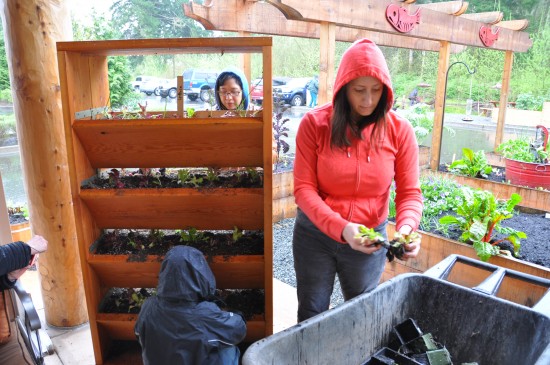
Article by Monica Brown
TULALIP, Wash.- The Hibulb Cultural Center’s Gardening Together as Families event was planned for Saturday April 13, 2013, rain or shine. Despite the cold and rainy weather, gardeners began arriving at ten am, dressed in rain gear and ready to garden. They made their way inside the Cultural Center where they enjoyed traditional prayers and songs prior to heading out to the garden and greenhouse.
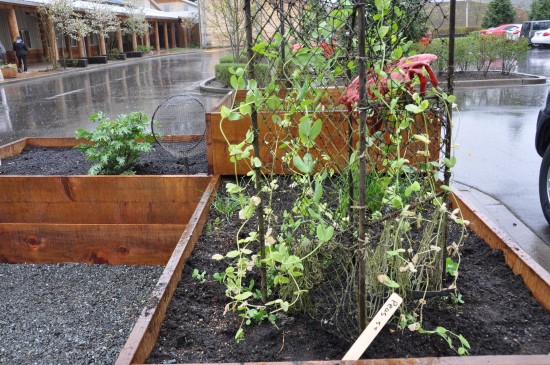
In the garden’s raised planter boxes they replanted the starts from the green house. Cabbage, cauliflower and broccoli were all placed in the raised beds. Sugar snap peas were replanted in a raised bed and given an old crab pot to vine on. A spring mix variety of lettuce was replanted in a lettuce wall that looks like upside down stairs to maximize space and water. These cold weather plants are hardier to cold and some freezing temperatures. While the sweet peas and broccoli may produce all summer, cabbage, cauliflower and lettuce will need to be reseeded after they are done producing.
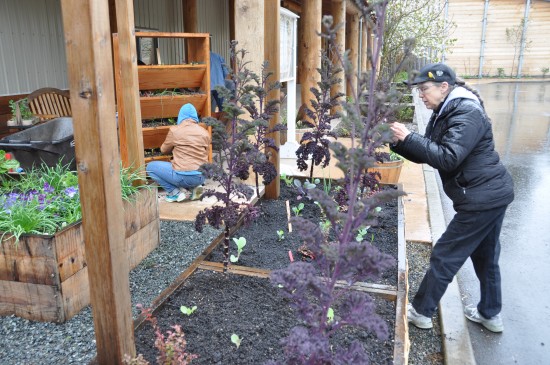
Early spring plants that are able to withstand the cooler temperatures were already thriving in the raised planter boxes. Master Gardener Michelle Taylor coerced me to try the fresh Kale that she tore from the stalk. Kale is surprisingly refreshing, sweet and tender; it is similar in taste to sweet peas. Michelle explained how Kale is an easy vegetable to grow in this area of Washington and is full of nutrients like Iron, fiber, calcium, Vitamins C, A and K. Kale is simple to cook with and prepare, it’s great in salad, soup, casserole, or in a smoothie.
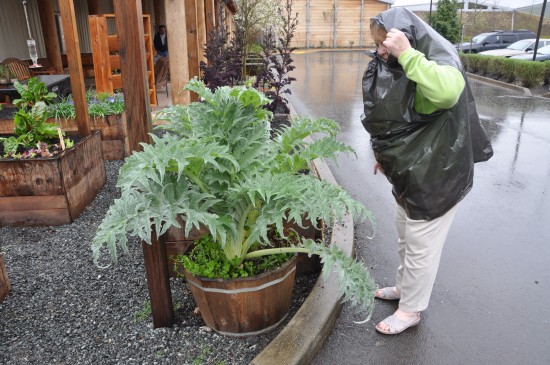
Gardener Carol Kapua was enthralled when she saw the large artichoke that it was “so very healthy” and explained how the artichoke will grow and mature on the inside of the bushy plant. Artichoke is not usually grown in this wet climate and is a bit of a finicky perennial but is able to be grown as a low maintenance annual. The artichoke plant will need to be “overwintered” a term which means the plant will need to be cooled to a low temperature of 30 degrees in order to flower.
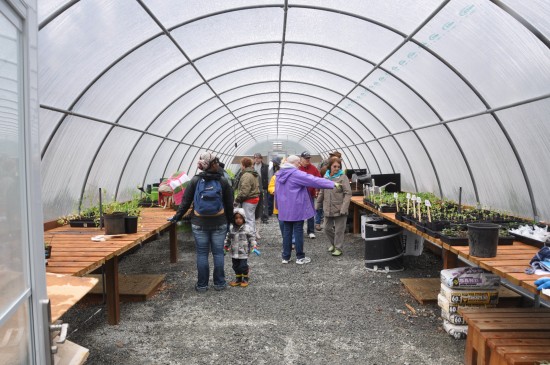
The next Gardening Together as Families event will be in May. All levels of experience are welcome and Gardeners do not need to bring any tools, although if you have your own garden gloves, knee pads etc. you are welcome to bring them. At the end of each Gardening Together as Families event a delicious and nutritious lunch is prepared by the Cultural Center staff.
For more information or you would like to attend future garden events please contact Veronica Leahy at (360) 716-5642 or email vleahy@tulaliptribes-nsn.gov
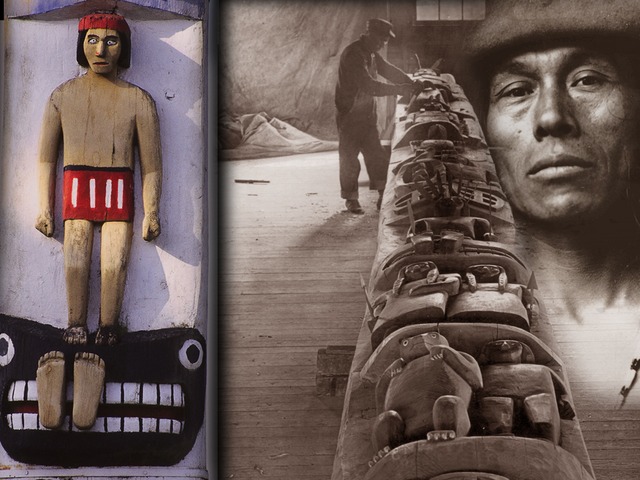
“The Life of William Shelton, a Tulalip Indian” documentary, which recently took first place for “Best Overall Film” at the Tulalip Hibulb Film Festival is now on Kickstarter. The film, produced by Lita Sheldon, Tulalip tribal member and Jeff Boice, is working to raise money to create a broadcast quality film that can be aired on TV stations and small independent theaters, along with raising funding for additional interviews, footage and to cover the cost of editing, post production and securing distribution rights.
Kickstarter is an online site home to everything creative, including films, games, music, art, design and more. All of the projects on Kickstarter are brought to life through the direct support of people willing to pledge money and show their support. “The Life of William Shelton, a Tulalip Indian” currently has 42 days to raise their goal of $30,000.
You can read about the project, the people behind it and the various items you can receive depending on your donations here.
Source: Marysville Globe
TULALIP — The Boom City Swap Meet will open for business on Saturday, May 5.
The swap meet will be open in May on Saturdays and Sundays from 7 a.m. to 4 p.m., and will welcome a variety of merchandise and vendors, including antiques, handmade crafts and 15 food vendors. Although it will close from June 4 through July 13 for regular Boom City fireworks vendors, the Swap Meet will reopen Saturday, July 14, and remain open through early September.
“This 2012 season is shaping up to be bigger and better than ever, with an emphasis on catering to the entire family,” Tulalip Tribal member Les Parks, a former Tribal Board member and current business entrepreneur. “With 220 vendors on hand, customers couldn’t get more fun and excitement, especially with the ponies and the karaoke.”
The Swap Meet’s food vendors will offer traditional Native American barbecued salmon and fry bread, and its other attractions are set to include pony rides, live karaoke and face-painting.
Admission will run $1 per person, with a maximum of $3 per vehicle.
To reserve a space, vendors can sign up online at www.boomcityswapmeet.com or call 425-359-3864.
Vendors will be charged $20 to rent a space.

By Tara Oakes on Reuters.com
PARIS | Fri Apr 12, 2013 1:30pm EDT
PARIS (Reuters) – An auction of ancient masks revered as sacred by a Native American tribe fetched more than 750,000 euros on Friday, disappointing prominent opponents to the sale after a French court ruled it should go ahead.
The Hopi tribe of northeastern Arizona and supporters including the U.S. ambassador to France and actor Robert Redford had urged the Paris auction house to suspend the sale due to the masks’ cultural and religious significance.
But the court rejected a motion from the tribe and Survival International, a non-government group representing its interests, arguing that it could only intervene to protect human remains or living beings.
The auction went ahead in front of a standing-room only crowd, raising about 752,000 euros ($984,500) in pre-tax proceeds as collectors snapped up dozens of lots in a sale that lasted more than two hours.
A buyer who acquired four masks said he was delighted to be adding to his collection of Hopi artefacts.
“One day I might give some back,” said the collector, who declined to be identified. “But if it had not been for collectors in the 19th century who contributed to the field of ethnology, there would very little knowledge of the Hopi.”
Some disagreed. A man with Hopi origins studying in France was kicked out of the auction room for interrupting the sale with an angry speech. Several people trying to take photographs were also removed.
“We have lots of art that can be shared with other cultures, but not these,” said Bo Lomahquahu, 25. “Children aren’t even supposed to see them.”
The Neret-Minet, Tessier and Sarrou auctioneers said their collection of masks, priced between $2,000 and $32,000 apiece, was assembled by “an amateur with assured taste” who lived in the United States for three decades.
A spokeswoman for the auctioneers was not immediately available for comment.
“This decision is very disappointing,” said Pierre Servan-Schreiber, the lawyer for Survival International, a London-based advocacy group. “Not everything is necessarily up for sale or purchase, and we need to be careful.”

‘CRIMINAL GESTURE’
A chorus of opponents had weighed in on the dispute, arguing the Paris auction house should provide legal justification for selling the masks.
“To auction these would be in my opinion a sacrilege, a criminal gesture that contains grave moral repercussions,” Robert Redford wrote in an open letter.
The U.S. ambassador to France, Charles Rivkin, had urged the auctioneers to reconsider, saying in a statement late on Thursday: “A delay would allow the creators of these sacred objects the chance to determine their possible rights.”
Rivkin, who said that the auction house had yet to provide the Hopi Tribe with essential information about the objects, voiced his dismay in a Twitter message.
“I am saddened to learn that the sacred Hopi cultural objects are being put out to auction in Paris today,” he wrote.
The tribe’s legal advocates had sued the auctioneers at the Drouot-Richelieu auction house in central Paris on grounds that auctioning the masks would cause the Hopi “profound hurt and distress”.
Lawyer Quentin de Margerie bought mask 13, a design which mocks tourists, on behalf of Servan-Schreiber to give to the Hopi. He told Reuters few of the collectors understood the significance of the artefacts they were buying.
“It’s a symbolic choice,” de Margerie said. “What the Hopi have said about this auction is that people don’t understand their culture.”
($1 = 0.7618 euros)
(Reporting by Nick Vinocur, Chine Labbe, Lucien Libert; Writing by Nick Vinocur; Editing by Sonya Hepinstall)